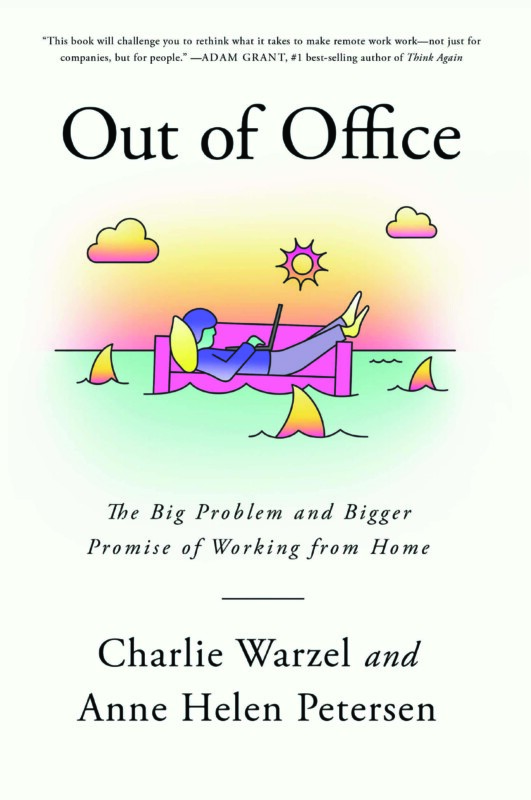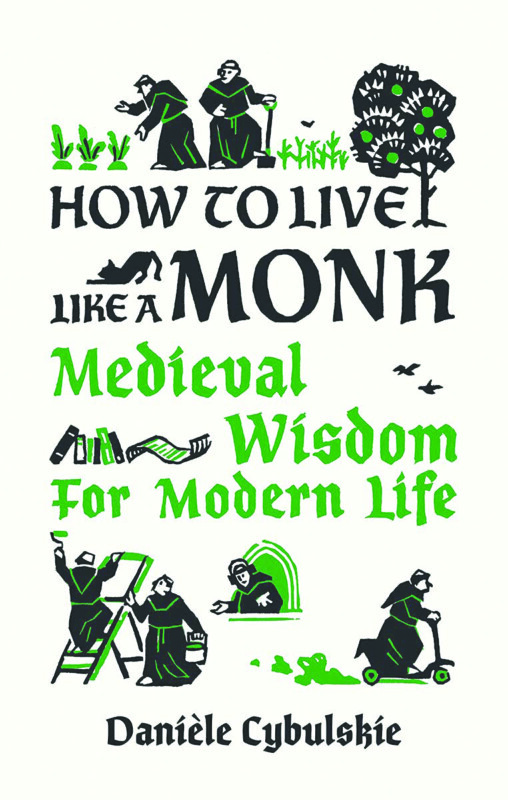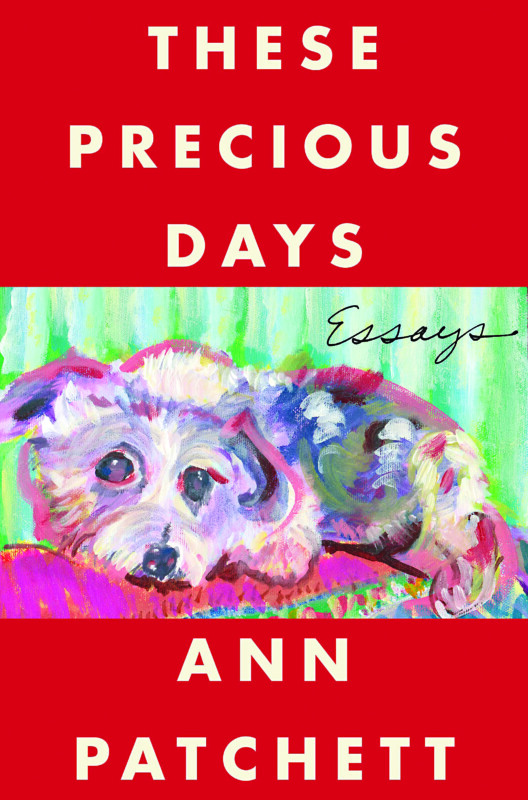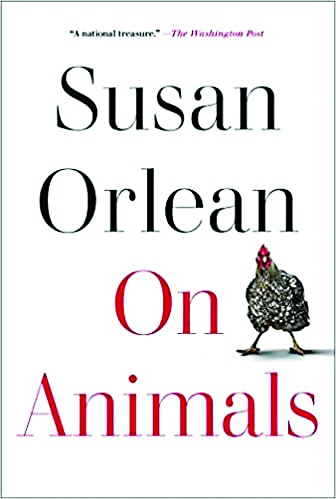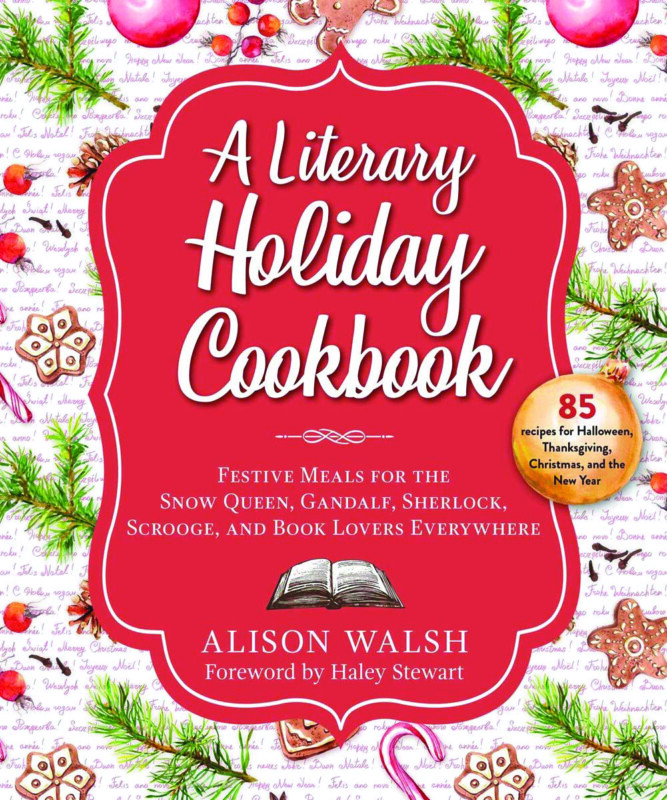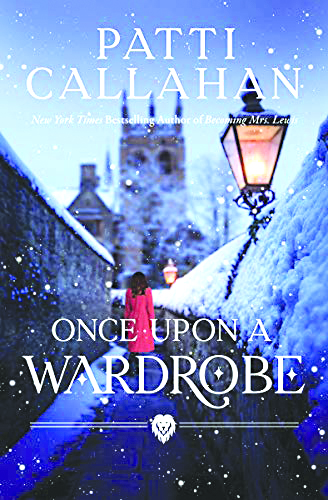Out of Office, The Big Problem and Bigger Promise of Working from Home, by Charlie Warzel and Anne Helen Petersen (Knopf, 272 pages)
We are just now beginning to see how Americans’ work lives may have forever been changed by the pandemic, and in Out of Office, Charlie Warzel and Anne Helen Petersen craft a vision for how things could be better for the so-called “knowledge workers” who are able to do some or all of their jobs remotely. With some companies already announcing that they will be fully or partially remote even after the pandemic ends, this isn’t necessarily cause for celebration for people sick of working in their basements. But the authors begin by arguing that what we’ve been doing for the past two years isn’t truly remote work, but remote work during a stressful pandemic while homeschooling and wondering where the next roll of toilet paper is coming from. In other words, forget the past two years. Instead, dream with them about working fewer hours with no commute, fewer unnecessary meetings, more time to focus on the most important and fulfilling aspect of your job. It’s not The 4-Hour Workweek promoted by Tim Ferriss, but a more realistic fantasy.
And it’s necessary, the authors say, because the workforce is “collapsing” under the pressure of what they called fetishized standards of productivity and the hours we work: more than workers in other Western nations.
Among their points:
• To improve work life, we need not boundaries but guardrails. Boundaries are permeable. Guardrails protect. “Not because we’re fragile or undisciplined, but because the forces that undergird work today — especially the obsession with growth and productivity — are indiscriminate in their destruction,” the authors write. Other countries have guardrails that have been legislated, such as France, which passed a law in 2016 aimed at discouraging people who work at large companies from sending or replying to emails after working hours.
• Four-day work weeks can be achieved when companies eschew “faux productivity” and focus on getting important stuff done in less time. Companies can create policies that don’t accidentally discriminate — for example, childless people should be entitled to leave or sabbaticals without going to the trouble of having a baby. Like remote work, flexibility in employment is not necessarily a perk, the authors argue, but an opportunity to work 24-7. True flexibility would be like the software developer who gets much of his thinking done on a hiking trail, or the graphic designer who works for a few hours in the middle of the day, then three hours in the evening, building her day around the needs of her young children.
Companies like theirs operate with a culture of trust, “granting real freedom to make small and occasionally large decisions about when work should be done. … They’re focused not on immediate growth but on long-term vision: retaining valuable employees in a competitive industry.”
• Be suspicious of companies that present themselves as a family, rhetoric that emerged in the past half-century. “Treating your organization as a family, no matter how altruistic its goals, is a means of breaking down boundaries between work and life.” What many of us need is not a work “family” to compete with our own, but more emotional distance from all-consuming work.
In recent years, tech companies have normalized lavish perks that have contributed to this sense of work being a second home, from pool tables and pinball in break rooms, to free gourmet coffee and snacks, to bring-your-dog-to-work days. In order for a new hybrid model of work to succeed, offices need to be less appealing to workers, not more. Otherwise, remote workers already anxious about their relative invisibility, compared to people who keep showing up, suffer FOMO, fear of missing out, leading to even more stress. Companies need to create a culture in which there is truly a level playing field whether you’re remote or in an office building, Petersen and Warzel say.
• Remote workers contribute to their own stress by doing something that the authors call LARPing; the acronym stands for live-action role playing, and we do it at work when we become obsessed with constantly looking like we’re working, even when we ostensibly shouldn’t be. (An after-hours response to an email or Slack message is an example.) “A flare sent into the air to show you’re working incites others to send up their flares, too,” the others write.
In the end, Petersen and Warzel describe today’s knowledge workers as enduring a sort of carnival horror house of employment. In doing so, they make remote work sound worse than it is; there’s a reason so many workers are refusing to go back to the office, and it’s not all Covid-19-related. On the other hand, there’s also a reason for what’s been called the Great Resignation, and it’s not that we’re all clamoring to drive for Amazon.
Post-pandemic, we’re not going back to the lives we led in 2019, and Out of Office is part of the thoughtful conversation that needs to take place before we mindlessly take on other ghastly routines. Not every idea presented here is sterling; I’m deeply suspicious of the authors’ argument that cutting back on office time frees us to volunteer in our communities. That may solve some societal problems, but still leaves us with exhausted citizens. Also, the ideas presented in Out of Office may inspire hope among knowledge workers, but most have little power to change their own circumstances; it’s their bosses who need to read this book and sign on to the ideas. Workers can, however, help to foster change by thinking about why they revere hyperproductivity, a mindset the authors argue is a relic of the agrarian past. “Who would you be if work ceased to be the axis of your life?” they ask. While much of this book could be condensed into an article in The Atlantic, it’s good that the authors are posing the question they raise here. B-
Book Notes
Reader’s Digest Condensed Books are a thing of the past (we have SparkNotes with which to cheat-read now), but there are still “Book of the Month” clubs out there that offer to send you a book every month in the genre of your choice. Given that Americans read 12.6 books, on average, in 2021, according to Gallup,they’ve at least got the pacing down right.
But there’s another way to see books of the month — quite literally.
Last year, for example, The Ten Thousand Doors of January by Alix E. Harrow came out in paperback (Redhook, 416 pages). It’s a well-reviewed novel about a 17-year-old girl from Vermont named January who finds a peculiar book that leads her on a fantastical adventure. Reviewers called it magical and inventive.
Let’s move onto February: February House (Mariner Books, 336 pages) is “the story of W.H. Auden, Carson McCullers, Jane and Paul Bowles, Benjamin Britten, and Gypsy Rose Lee, under one roof in Brooklyn.” And you thought your bathroom was crowded. Sounds a bit like the Algonquin Roundtable, 24-7.
March: No way to begin spring without Little Women, so let’s do March: A Novel (Viking, 288 pages) by Geraldine Brooks, who envisions the Civil War experiences of the absent father of Meg, Beth, Jo and Amy.
April: One Friday in April: A Story of Suicide and Survival (W.W. Norton, 144 pages) is a gripping memoir by Donald Antrim, released last fall about his near suicide and struggles with depression.
May: Eight Days in May (Liveright, 336 pages) is another fall 2021 book that examines the collapse of the Third Reich. The author, Volker Ullrich, is a German historian, and the book was translated into English by Jefferson Chase.
June: Seven Days in June (yes, there’s a pattern here) is a celebrated novel by former beauty editor Tia Williams released last June (Grand Central Publishing, 336 pages). It’s about a pair of writers who had a fleeting romance as teenagers, then parted ways yet continued to write about each other in their books — while pretending not to know each other as adults.
Promising stuff here, if you missed these books when they first came out. Next week: July through December.
Book Events
Author events
• TOM RAFFIO Author presents Prepare for Crisis, Plan to Thrive. The Bookery, 844 Elm St., Manchester. Thurs., Jan. 27, 5:30 p.m. Visit bookerymht.com.
• CHAD ORZEL Author presents A Brief History of Timekeeping. Virtual event hosted by Gibson’s Bookstore in Concord. Thurs., Jan. 27, 7 p.m. Via Zoom. Registration required. Visit gibsonsbookstore.com or call 224-0562.
• ISABEL ALLENDE Author presents Violeta. Virtual event hosted by Gibson’s Bookstore in Concord. Sat., Jan. 29, 7 p.m. Via Zoom. Registration and tickets required, to include the purchase of the book. Visit gibsonsbookstore.com or call 224-0562.
• JOHN NICHOLS Author presents Coronavirus Criminals and Pandemic Profiters. Virtual event hosted by Gibson’s Bookstore in Concord. Tues., Feb. 1, 7 p.m. Via Zoom. Registration required. Visit gibsonsbookstore.com or call 224-0562.
Book Sales
• USED BOOK SALE Used books for $1, $3 and $5. GoodLife Programs & Activities, 254 N. State St., Unit L, Concord. Jan. 10 through Jan. 21 (closed Jan. 17). Monday through Friday, 9 a.m. to 4 p.m. Visit goodlifenh.org.
Poetry
• CAROL WESTBURG AND SUE BURTON Virtual poetry reading hosted by Gibson’s Bookstore in Concord. Thurs., Jan. 20, 7 p.m. Via Zoom. Registration required. Visit gibsonsbookstore.com or call 224-0562.
• ROB AZEVEDO Poet reads from his new book of poetry, Don’t Order the Calamari. The Bookery, 844 Elm St., Manchester. Thurs., Feb. 3, 6 p.m. Visit bookerymht.com.

